The excellent performance of the combination of high-strength brass and graphite in terms of wear resistance, high-temperature resistance, corrosion resistance, high load-bearing capacity, and long service life is primarily attributed to the synergistic effects between the two materials and the complementary nature of their properties. Below is an analysis of its performance advantages from the perspectives of material properties, structural design, and interaction mechanisms:

1. Wear Resistance and Self-Lubrication
Solid Lubrication Effect of Graphite
-
- Graphite has a layered crystalline structure that allows it to form a transfer film during friction, reducing the friction coefficient (to below 0.05). This self-lubricating property minimizes direct metal-to-metal contact, thereby reducing wear.
- High-strength brass (such as HBSC4/CAC304) provides the matrix strength, while graphite is embedded in the surface or pores. After a running-in period, the graphite is uniformly released to continuously replenish the lubricating film.
Load-Bearing and Wear Resistance of High-Strength Brass
-
- High-strength brass, containing elements like zinc, aluminum, and iron, exhibits high hardness (HB≥200) and compressive strength (≥410 MPa), enabling it to withstand heavy loads and resist wear.
- The thermal conductivity of copper alloys aids in heat dissipation, preventing localized overheating and subsequent material softening or failure.

2. High-Temperature Resistance
Inherent Temperature Resistance of Materials
- High-strength brass can withstand high temperatures (short-term exposure up to 400°C or above), making it suitable for high-temperature environments such as metallurgy and boilers.
- Graphite maintains stable lubricating properties at high temperatures and exhibits superior oxidation resistance compared to oil-based lubricants.
Structural Stability
- When combined, the lubricating effect of graphite reduces friction-generated heat, while the high thermal conductivity of the copper alloy rapidly dissipates heat, preventing material deformation or failure.
3. Corrosion Resistance
Corrosion Resistance of High-Strength Brass
- Elements like zinc and aluminum in copper alloys form a dense oxide film, enhancing resistance to corrosive media such as water and acids.
- Graphite, as an inert material, does not participate in electrochemical corrosion, and the inlaid structure reduces the contact area between the copper alloy and corrosive media.
Environmental Adaptability
- The combined material can resist water erosion and acid immersion (e.g., in food machinery and chemical equipment) without requiring additional anti-corrosion treatments.
4. High Load-Bearing Capacity and Impact Resistance
Strength of the Copper Alloy Matrix
- High-strength brass has a compressive strength (≥410 MPa) and yield strength that enable it to withstand high loads, making it suitable for low-speed, heavy-load, or impact-prone conditions (e.g., construction machinery and mining equipment).
- The proportion of inlaid graphite is typically controlled within 5% to 20% to avoid excessive weakening of the matrix strength while optimizing load distribution through pore or groove designs.
Anti-Seizing Ability
- The graphite lubricating film prevents adhesive wear between metals, avoiding "seizing" phenomena, particularly in applications where oil films are difficult to form (e.g., reciprocating or oscillating components).
5. Long Service Life and Low Maintenance Costs
Self-Lubrication Extends Service Life
- The continuous lubrication provided by graphite reduces the wear rate, resulting in a service life that can be more than twice that of traditional copper bushings under oil-free conditions.
- The need for frequent maintenance or lubricant replacement is eliminated, reducing downtime and maintenance costs.
Environmental Adaptability and Stability
- The combined material maintains stable performance in harsh environments such as vacuums, high-dust conditions, and humidity (e.g., in semiconductor equipment and marine machinery).
- The similar thermal expansion coefficients of graphite and copper alloy reduce the risk of internal stress or delamination due to temperature changes.
6. Optimization of Manufacturing Processes
Inlaid Structure Design
- Graphite is embedded in the copper alloy matrix through mechanical fixation (e.g., grooves, pores) or adhesive bonding processes to ensure stable release and prevent detachment.
- Manufacturers like Zhejiang Mingxu Machinery Manufacturing Co., Ltd. adopt customized production methods, adjusting the graphite proportion, distribution, and matrix materials (e.g., stainless steel, bearing steel) to suit different operating conditions.
Material Matching and Surface Treatment
- The copper alloy matrix may undergo plating (e.g., tin plating, chrome plating) or heat treatment (e.g., quenching) to enhance wear resistance and corrosion resistance.
- High-purity graphite materials (avoiding recycled materials) should be selected, and their crush strength (e.g., ≥500 N for φ8 graphite) should be tested to ensure reliability.
In summary, the combination of high-strength brass and graphite achieves performance improvements across multiple aspects through the synergy of strength and lubrication, complementary material properties, and optimized structural designs. Its core advantages include:
- Graphite providing low-friction self-lubrication, reducing maintenance requirements;
- Copper alloy ensuring load-bearing capacity and wear resistance, adapting to harsh environments;
- Flexible manufacturing processes enabling customization to meet different operating conditions.
Zhejiang Mingxu Machinery Manufacturing Co., Ltd. has been engaged in the R&D and production of copper alloy components and self-lubricating bearings for over a decade, with rich production experience and technical expertise. For any product or technical inquiries, please feel free to contact us: [email protected].




 English
English Español
Español

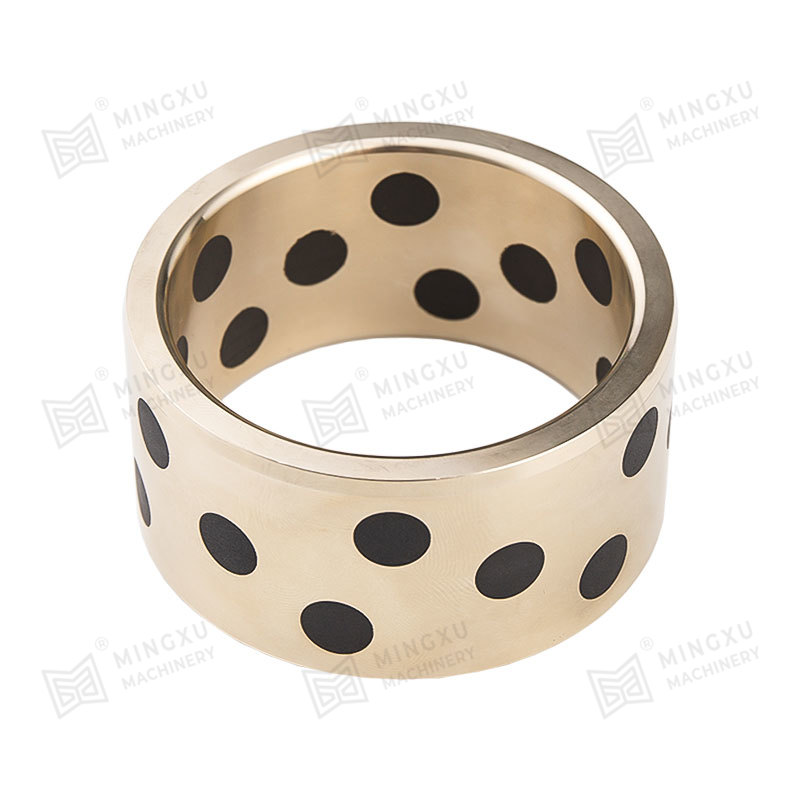
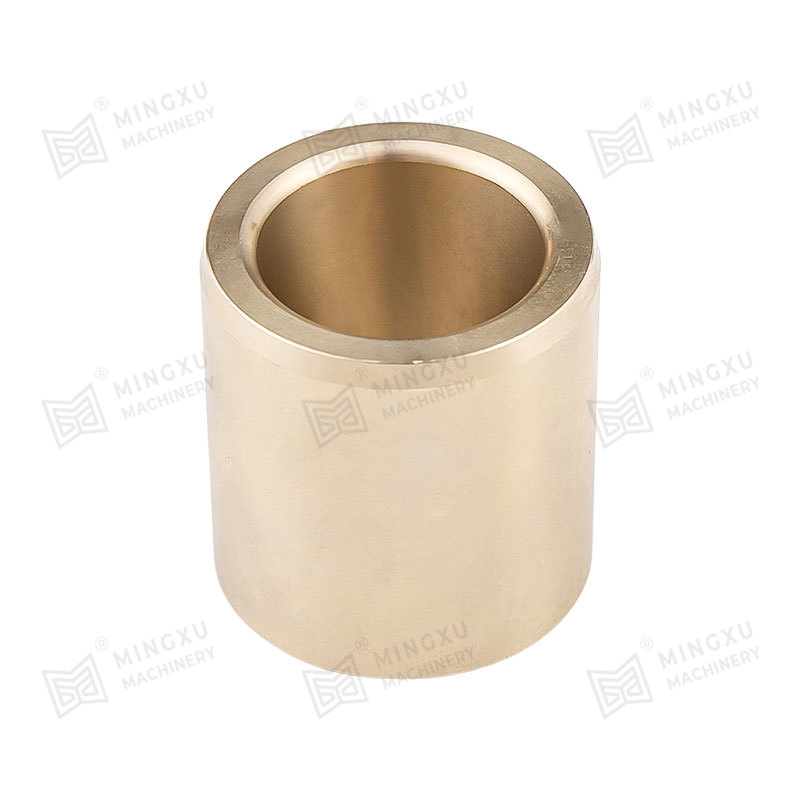
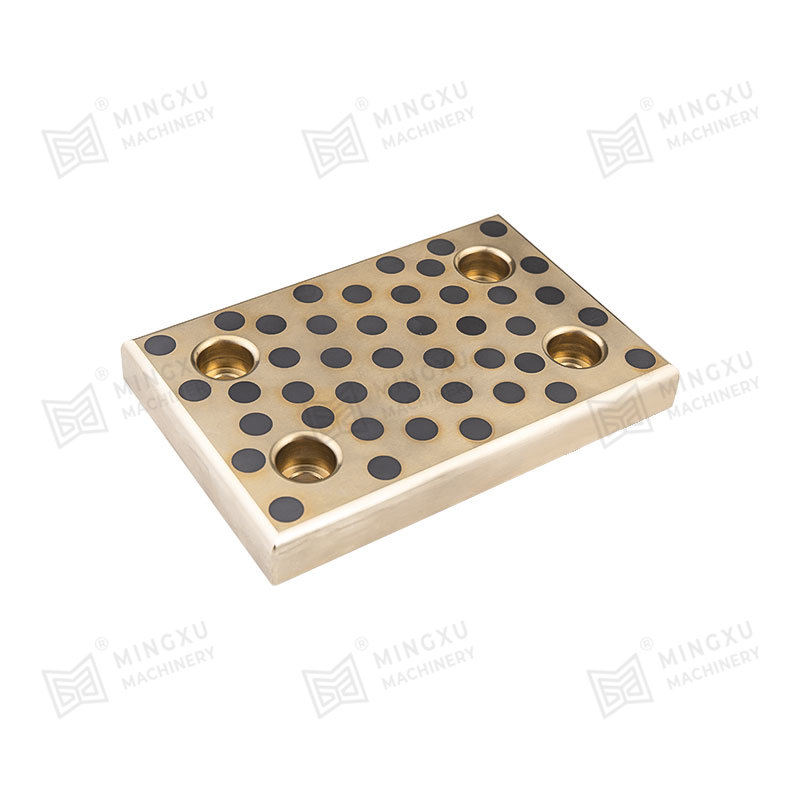
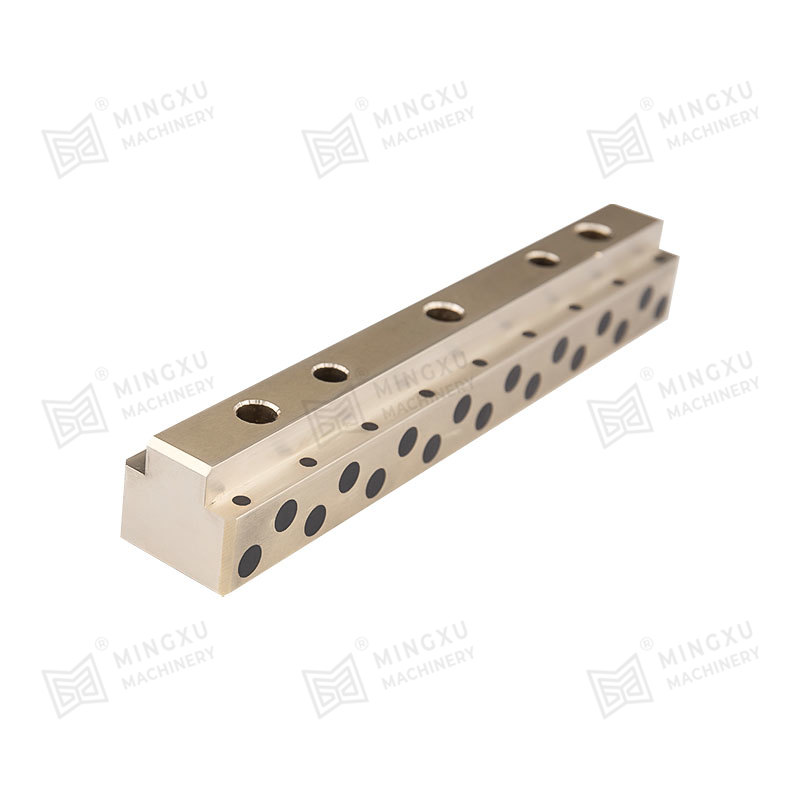
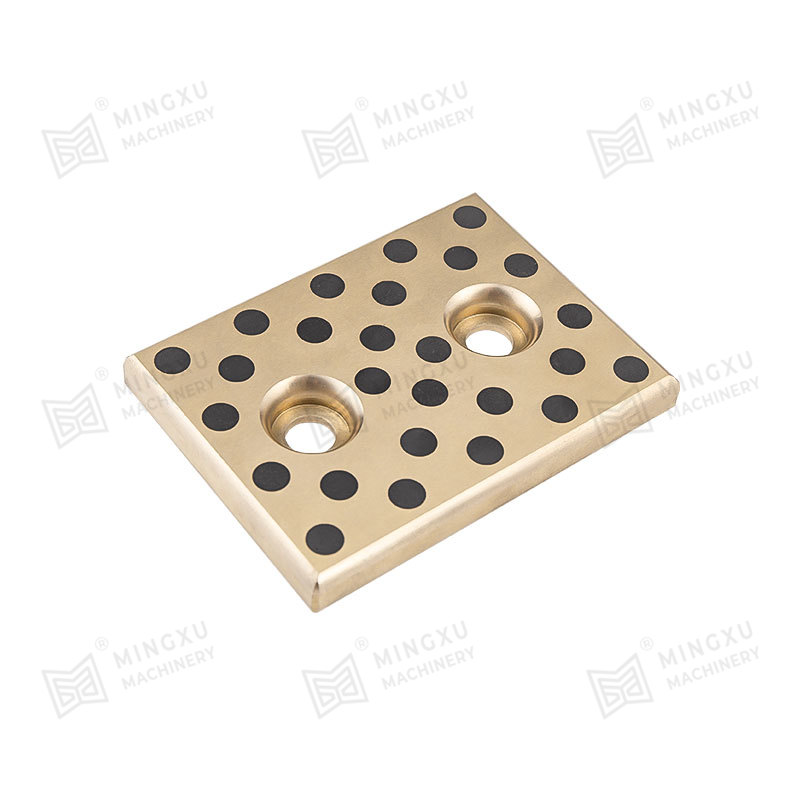
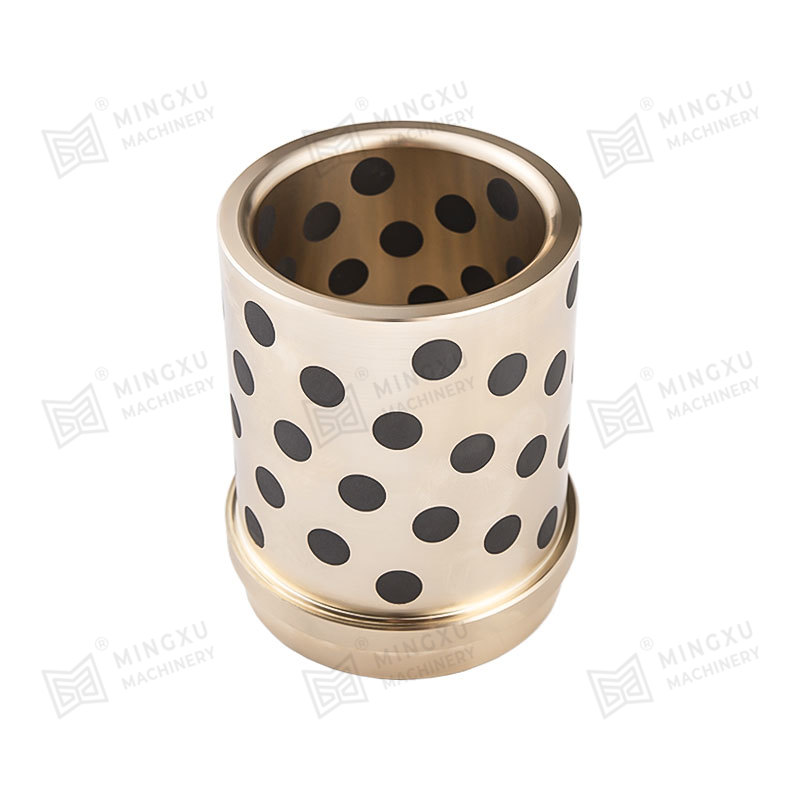
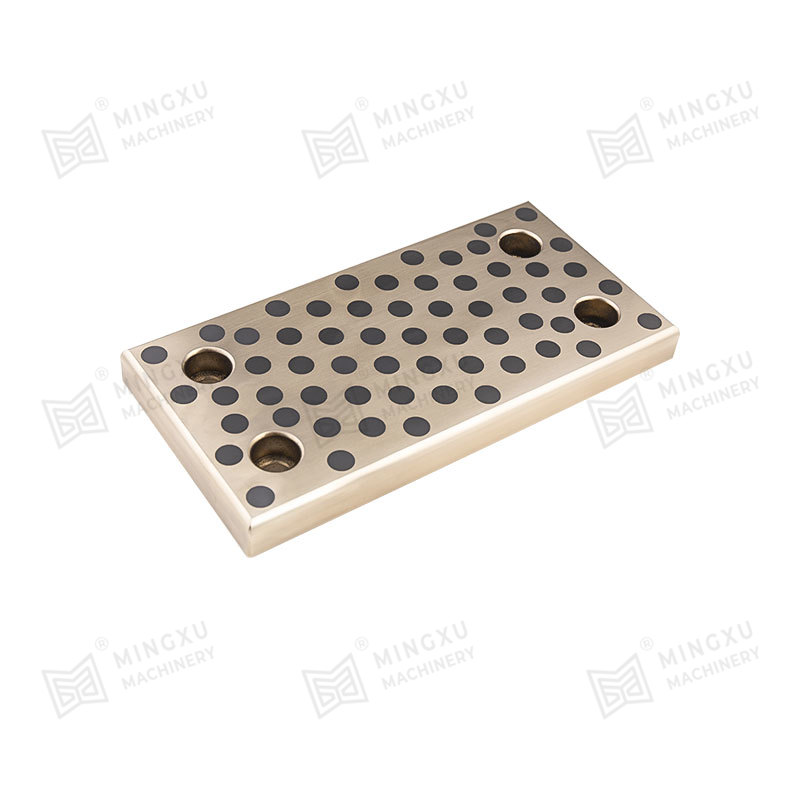
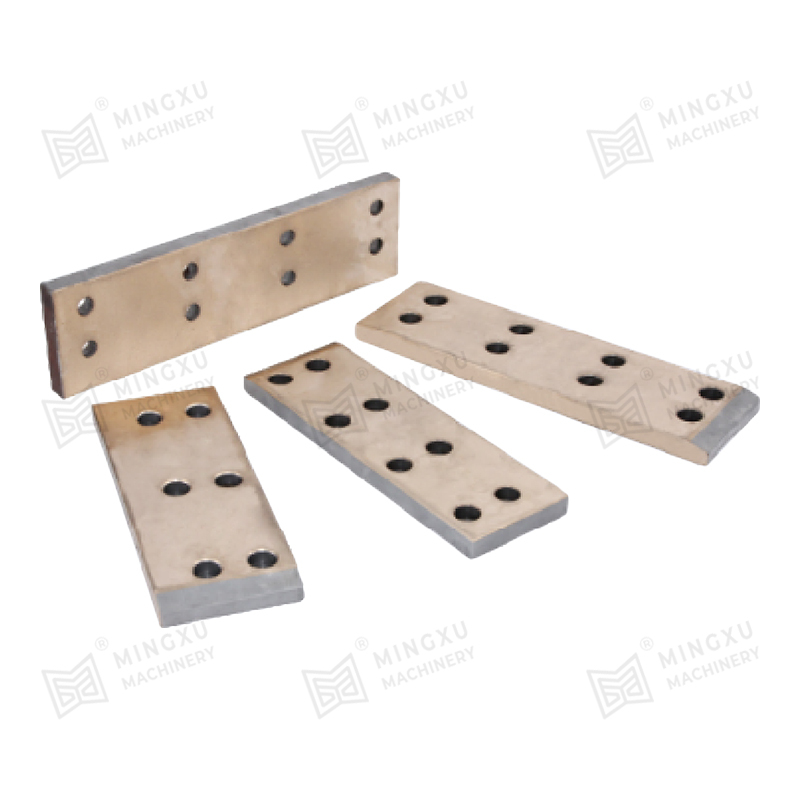
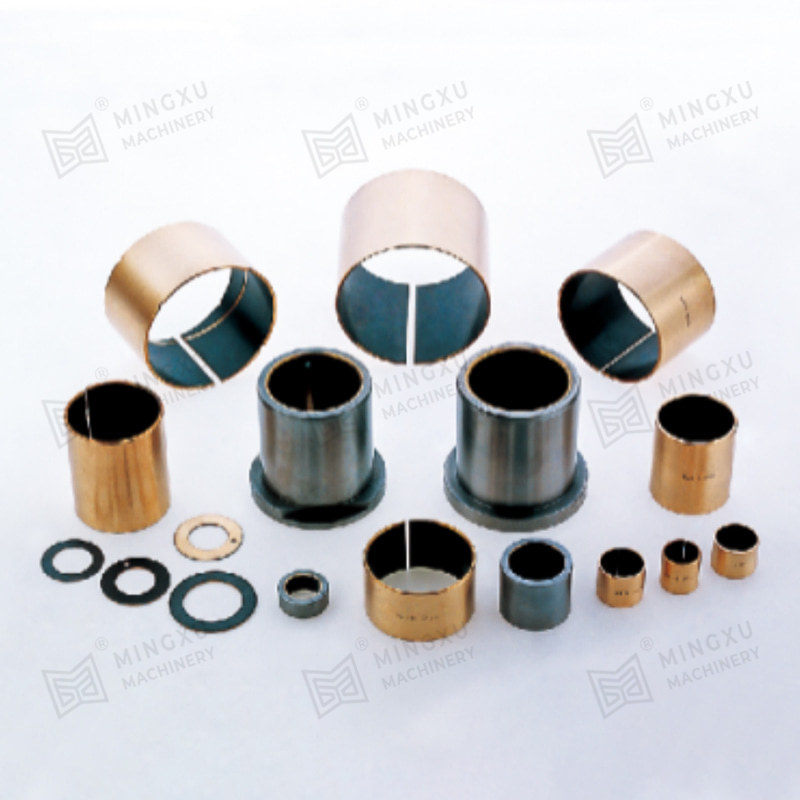
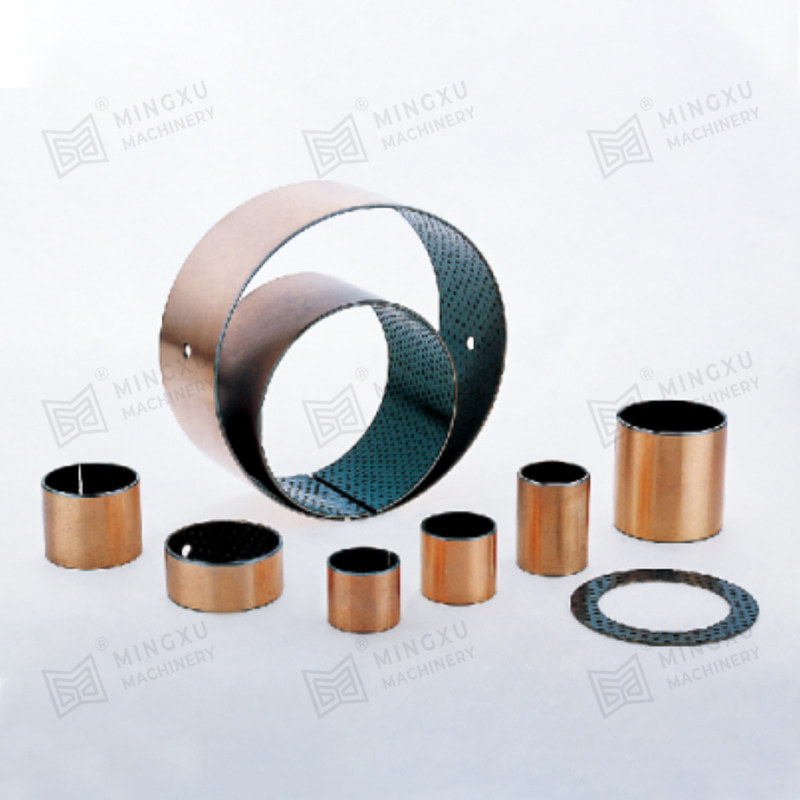







Contact Us